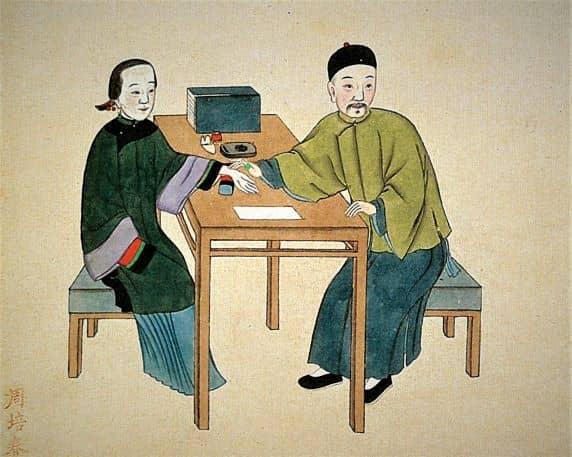Identification of a syndrome (also referred to as a disharmony pattern) is the method of recognizing and diagnosing diseases or body imbalances in Traditional Chinese medicine (TCM). It involves analysis and synthesis of the clinical data obtained by the four examination methods. See article on "
What to Expect from a TCM Doctor's Examination?" This enables the doctor to determine at which stage the disease has developed, its location, and the degree of opposing force between the body resistance and the pathogenic factors otherwise known in TCM as the evils. See article on "
The Six Evils and the Seven Emotions" The basic principles for the correct diagnosis of a syndrome is a complete understanding of the four examination techniques and flexible application of the theories listed below which are used when differentiating syndromes. These theories are the:
- Eight principles - overall guiding rules
- Organs (zang-fu) - diagnosis for endogenous and miscellaneous diseases (diseases originating inside the body)
- Twelve meridians - diagnosis for meridian diseases
- Six meridians - diagnosis for diseases originating from outside of the body (cold damage)
- Four phases - diagnosis for diseases originating outside of the body (febrile disease )
The above methods of syndrome identification come from the different clinical experiences encountered by the various theoretical schools and scholars. Each method has its own features and lays stress on a particular aspects of diseases, but they all are interconnected and supplement each other.



